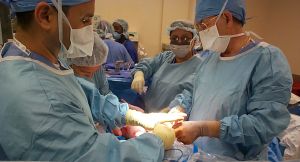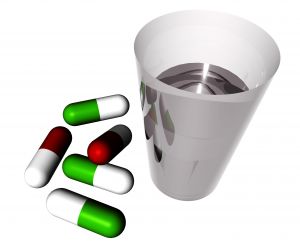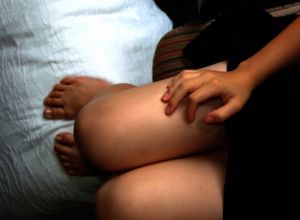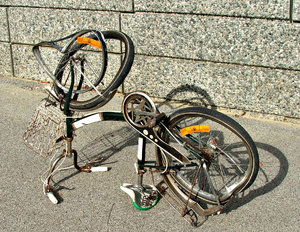DePuy metal-on-metal hip replacement products have proved to have a very high failure rate and are causing significant complications for patients. Unfortunately, thousands of patients are suffering from problems due to DePuy’s hip replacement devices and are now suing its parent company, Johnson and Johnson, in order to try to recover compensation. 
Our Boston defective hip attorneys know that DePuy may end up settling many cases with plaintiffs in order to resolve multiple claims at once. However, DePuy will settle cases only if the company accepts responsibility for the defective hip replacement products and if some determination can be made about how much each case should be worth. As such, the outcome of “bellwether” trials will play a major role in how cases against DePuy proceed.
Bellwether Trials Produce Mixed Results
Bellwether trials are the first legal actions that are being heard in court related to defective DePuy hip replacement products. The cases go before the court and a jury renders a verdict as to whether DePuy is responsible for causing harm and how much DePuy has to pay for the harm.
The outcome of these trials can shape how the company handles future litigation. If it becomes clear that DePuy is being held responsible in multiple trials, then this is an indicator that legal liability is clear and that DePuy will be blamed in most pending cases against it. As a result, DePuy may be more likely to negotiate a reasonable settlement with plaintiffs whose cases are outstanding. The compensation awarded to the victims in the bellwether trial can serve as a guide to help make clear how much cases should be worth.
Unfortunately, the two DePuy bellwether trials that have occurred so far have not produced any clear guides for how things should proceed going forward. This is because the results have been mixed.
In a Los Angeles trial, DePuy was held legally liable by the jury for an estimated $8.3 million in damages to a former prison guard who experienced pain and suffering due to design flaws in the DePuy ASR hip replacement system. No punitive damages were awarded, but the case still resulted in the plaintiff receiving a substantial monetary award. This boded well for others who had DePuy products implanted and who were experiencing complications.
In a second bellwether trial, however, a jury in Chicago rejected the claim of a plaintiff who said she had experienced complications as a result of a DePuy hip replacement system. The jury found that DePuy had not acted improperly in marketing the device and that the plaintiff was not entitled to damages.
The varied outcomes mean that DePuy is unlikely to definitively act in offering reasonably generous settlements to injured plaintiffs, at least not until there is a clear trend showing that DePuy trials will generally end in favor of injured patients damaged by the DePuy hip replacement systems.
Continue reading
 Boston Personal Injury Attorney Blog
Boston Personal Injury Attorney Blog












